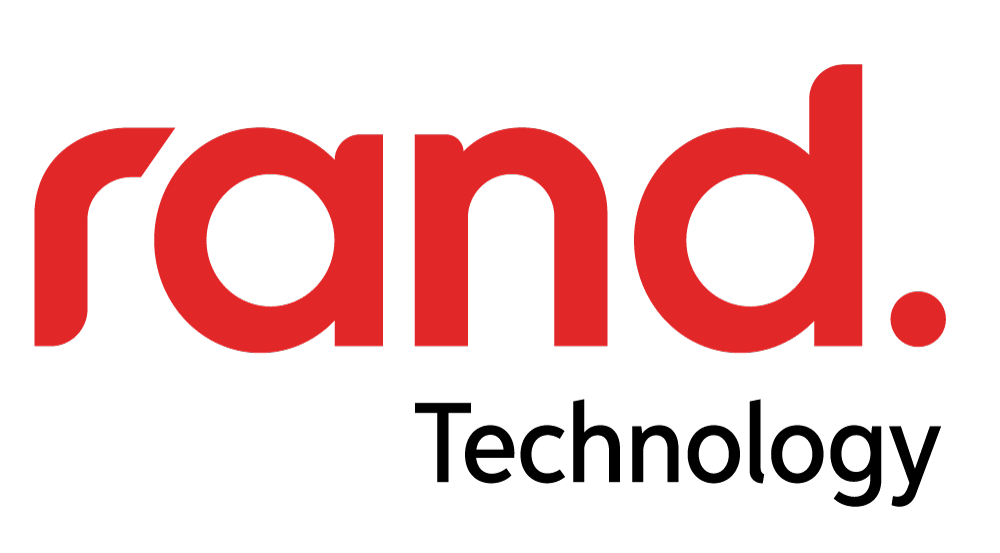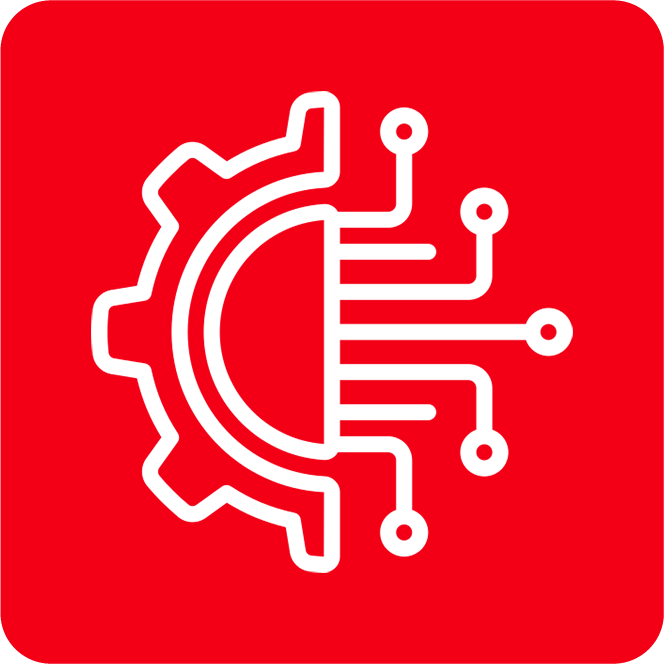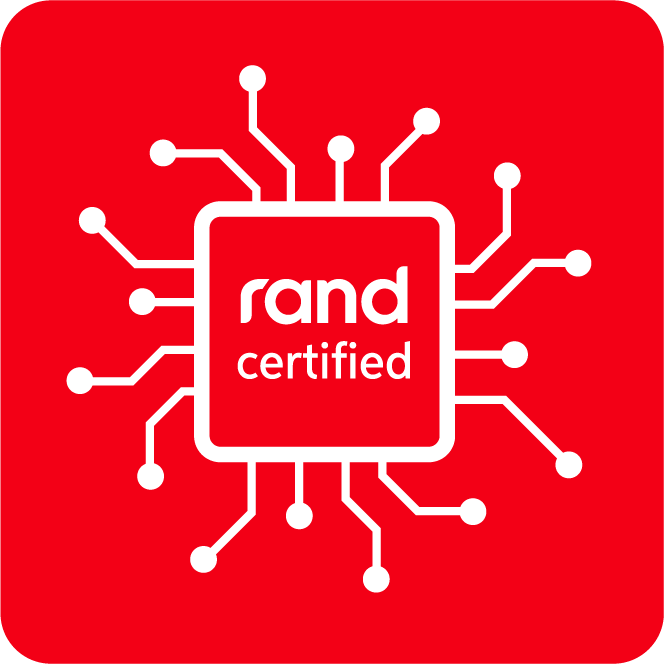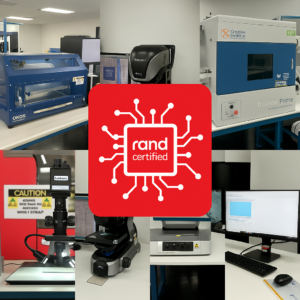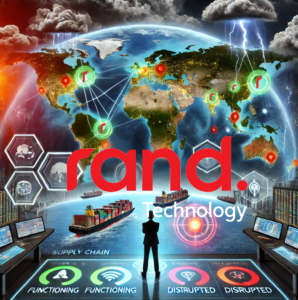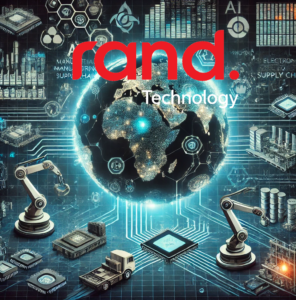In an era where technological innovation is accelerating faster than supply chains can adapt, the semiconductor industry continues to face volatile market conditions, persistent shortages, and complex logistical challenges. As we progress through 2025, the ripple effects of global conflict, economic policy, natural disasters, and explosive demand for chips in every sector have made it clear: Semiconductor shortages are no longer an occasional disruption—they are a permanent feature of a high-stakes global economy.
For Original Equipment Manufacturers (OEMs) and Electronics Manufacturing Services (EMS) providers, this reality demands a new level of agility, resilience, and strategy. The days of relying solely on franchise distributors and annual procurement cycles are over. In their place, smart sourcing strategies must emerge to mitigate risk, optimize cost, and ensure continuity in an unpredictable landscape.
This blog explores the causes of ongoing shortages, their implications, and the strategic approaches companies can adopt to thrive in 2025 and beyond.
The Semiconductor Supply Chain: A Persistent State of Fragility
Semiconductor shortages are not new. However, what has changed is the frequency and complexity of the disruption. In 2025, supply shortages are being driven by a perfect storm of global events:
- Geopolitical tension in regions like Taiwan, China, and Eastern Europe
- Labor shortages and infrastructure fragility in manufacturing hubs
- Natural disasters such as earthquakes, floods, and wildfires affecting production sites
- Increased chip demand from sectors like automotive, AI, consumer electronics, medical devices, and renewable energy
- Long lead times for advanced nodes and specialized ICs
Adding to the challenge is the increasing customization and miniaturization of semiconductors, which narrows sourcing options and increases supplier dependency.
The Cost of Doing Nothing: Risks for OEMs and EMS Providers
For OEMs and EMS providers, failing to respond to the new realities of the semiconductor landscape comes with serious consequences:
- Production Delays: Line-down scenarios due to one missing part
- Cost Inflation: Last-minute spot buys with inflated prices
- Quality Risk: Buying from unverified or unknown sources opens the door to counterfeit parts
- Customer Loss: Late deliveries erode trust and competitive advantage
- Reputational Damage: A single supply chain failure can tarnish a brand
A proactive, strategic sourcing approach is not optional—it’s existential.
Strategy 1: Expand Beyond Traditional Distribution Channels
Franchise distributors play a critical role, but they are not the whole picture. When demand outpaces supply, franchised stock is often exhausted early. OEMs and EMS companies must look to:
- Independent Distributors: These suppliers, like Rand Technology, have access to global networks and untapped inventories.
- Secondary Markets: Leveraging surplus inventories from other manufacturers or sectors
- Global Sourcing Partners: Partners with boots on the ground in multiple regions can rapidly respond to shifting availability
Pro Tip: Vet independent distributors for quality certifications (e.g., AS6081, AS9120) and testing capabilities to mitigate counterfeit risk.
Strategy 2: Embrace Component Engineering and Lifecycle Analysis
Design flexibility is a powerful lever in navigating shortages. Engineering teams should collaborate with sourcing partners early in the design phase to:
- Identify alternate parts that meet functional requirements
- Conduct BOM analysis for at-risk components
- Evaluate component lifecycle stages (e.g., Not Recommended for New Design, End-of-Life)
- Explore second-source and cross-reference options
Case in Point: Rand Technology offers BOM analysis and component engineering consulting to help OEMs make better design and sourcing decisions early—when it counts most.
Strategy 3: Build Relationships, Not Transactions
The most resilient supply chains are built on trust. In a world of constrained supply, the buyers who secure parts are often those with strong relationships, not necessarily the highest price.
- Long-Term Agreements (LTAs): Commit to multi-quarter or annual supply contracts with reliable partners
- Vendor Managed Inventory (VMI): Allow key suppliers to manage stock levels on your behalf
- Transparency: Share forecasts and project roadmaps with sourcing partners to help them plan supply
At Rand Technology, our customer-first model emphasizes collaboration and long-term value creation over transactional wins.
Strategy 4: Leverage Real-Time Market Intelligence
Component availability can change daily. Real-time visibility into market fluctuations allows procurement teams to act before shortages become crises.
- Heat maps of global availability by region
- Pricing trends to forecast cost risk
- Lead time shifts and early warning indicators
- Alternate sourcing pathways for hard-to-find parts
Modern sourcing partners provide these insights as part of their value-added services. Rand Technology’s intelligence team delivers actionable data to our customers every day.
Strategy 5: Focus on Quality and Traceability
With high demand comes an increase in counterfeit and substandard parts entering the market. Quality assurance is non-negotiable.
- Use only AS6081-certified test labs
- Demand full traceability and certificates of conformance (COCs)
- Require component testing at receipt and before shipment
- Engage with distributors who maintain rigorous inspection protocols
Rand Technology’s “Rand Certified” program includes a 72-point inspection process, aerospace-grade testing, and a global quality management system.
Strategy 6: Tap Into Excess and Obsolete Inventory
One company’s surplus is another’s lifeline. Smart sourcing in 2025 means aggressively seeking excess inventory across the global ecosystem.
- Component harvesting from EOL programs
- Surplus disposition networks
- Reverse logistics programs
Working with a partner like Rand enables buying and selling valuable components that might otherwise go unused.
Strategy 7: Balance Price with Risk
Chasing the lowest price can be a trap. Strategic sourcing means understanding the total cost of ownership, which includes:
- Reliability of supply
- Testing and verification costs
- Shipping and customs timelines
- Warranty and liability exposure
A holistic approach to sourcing may prioritize stability and quality over short-term savings.
What OEMs and EMS Providers Should Do Today
Here is a checklist for immediate action:
- Conduct a full review of your current BOM and suppliers
- Identify single-source and EOL risks
- Schedule a consultation with a trusted independent sourcing partner
- Set up real-time market monitoring systems
- Update quality assurance protocols and verification partners
- Explore excess and obsolete inventory opportunities
The Rand Technology Advantage
At Rand Technology, we understand that sourcing in 2025 requires more than just access to parts. It requires:
- Global reach with regional teams on the ground
- Certified in-house testing and inspection
- Market intelligence that anticipates risk
- Engineering support that reduces lifecycle exposure
- Sustainability and asset recovery programs
Our end-to-end support enables OEMs and EMS providers to move from reactive to proactive sourcing. We don’t just sell parts—we deliver resilience.
Conclusion: The Future Belongs to the Prepared
As we face a future of continued disruption, OEMs and EMS providers must transform their approach to semiconductor sourcing. Success will belong to those who:
- Build diversified, global sourcing partnerships
- Invest in engineering flexibility
- Treat quality and traceability as sacred
- Use data and market intelligence to stay ahead
In this environment, Rand Technology is more than a supplier. We are your strategic partner in ensuring your supply chain can not only survive—but thrive.
Let us help you navigate the uncertainty. Reach out today for a sourcing consultation, and take the first step toward a smarter, stronger supply chain in 2025.
Your global partner in component sourcing and supply chain solutions.
